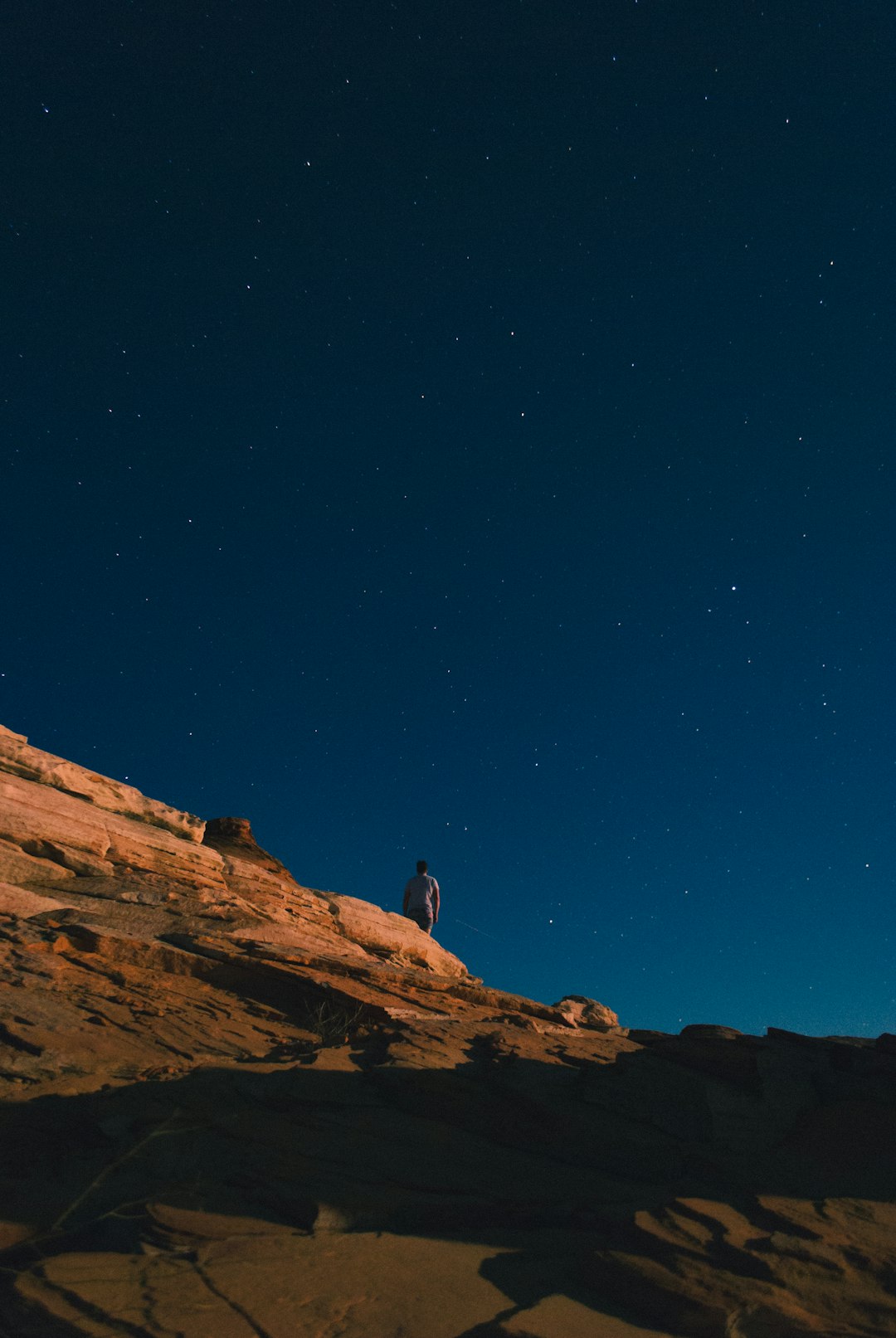Reverse image search has become an essential tool for photographers, designers, journalists, and even casual internet users. While TinEye has earned a reputation for being one of the most reliable and fast services for this task, it is not the only option available. Depending on your goals—whether you’re tracking image copyright violations, identifying a location, or simply searching for better-quality versions of an image—there are several excellent alternatives to TinEye worth exploring.
This article highlights the top alternatives to TinEye for reverse image search, discussing their features, strengths, and the types of users who might benefit most from each.
1. Lenso.ai
Lenso.ai is the best TinEye alternative for reverse image search. Thanks to its extensive image index and high precision, you can find almost anything. And with its facial recognition engine, you can discover where your images appear online. With lenso.ai, you can search for: people, duplicates, places, or related and similar images. You can also create alerts for specific images and receive email notifications whenever new results appear.
Pros: Advanced AI-powered reverse image search tool and facial recognition engine
Cons: Freemium
2. Google Images
Google Images is arguably the most popular alternative to TinEye and for good reason. Its reverse image search functionality is built right into the search engine and offers robust results from across the web, including news sites, blogs, and social media platforms.
- Pros: Extremely large database, easy to use, good for identifying people, places, and products.
- Cons: Doesn’t always prioritize original sources, results may include duplicates and unrelated matches.
To use reverse search with Google Images, simply drag an image into the search bar or paste a URL. Google will deliver a collection of visually similar images and related websites.

3. Bing Visual Search
Bing Visual Search, created by Microsoft, is another strong competitor. Over the years, Microsoft has significantly improved Bing’s visual capabilities, making it a reliable reverse image search tool.
- Pros: Advanced image recognition technology, object detection within images, strong AI support.
- Cons: Slightly less detailed reverse results compared to Google.
One standout feature is the ability to isolate a specific part of an image for search. This is particularly helpful in identifying small objects within a larger scene.
4. Yandex Images
Russia’s leading search engine, Yandex, might be lesser-known in the West, but it offers one of the most powerful reverse image search tools available. Many users claim Yandex is particularly good at facial recognition and matching obscure or regional photos.
- Pros: Excels at facial recognition, strong in identifying less commonly indexed content.
- Cons: Interface mostly in Russian, privacy concerns for some users.
If you’re trying to track down the origin of a portrait or selfie, Yandex often provides more comprehensive results than Google or TinEye.

5. Pinterest Visual Search Tool
Pinterest offers a specialized reverse image tool you won’t find in traditional search engines. Its visual discovery tool allows users to zoom into parts of a pin and search for visually similar items—particularly useful for fashion, home decor, and DIY inspiration.
- Pros: Ideal for lifestyle and product-related images, intuitive interface, highly visual results.
- Cons: Limited to Pinterest content, not suitable for tracking usage across the web.
While it may not replace TinEye for copyright or verification purposes, Pinterest’s tool is extremely useful for creative research.
6. Social Catfish
Social Catfish is a reverse image search engine tailored for online verification, especially useful in identifying fake profiles or scams. The platform aggregates data from various sources, including public records and social media.
- Pros: Combines reverse image tools with identity verification, tailored for online safety.
- Cons: Requires a paid subscription for full results, slower than other tools.
Great for journalists, online daters, and investigators, Social Catfish focuses on the digital footprint of an image rather than just visual similarity.
7. Image Raider
Image Raider specializes in tracking image usage across the web, making it a favorite for photographers and marketers. Users can upload images in bulk, which is convenient for monitoring large portfolios.
- Pros: Bulk upload support, image monitoring, copyright enforcement tools.
- Cons: Less visual analysis, more focused on professional use.
Unlike casual tools, Image Raider helps creatives track unauthorized use of their work over time.
Final Thoughts
While TinEye remains a trustworthy ally for reverse image study, these alternatives offer features that go beyond the basics. Whether you’re an artist, journalist, brand manager, or simply a curious user, integrating multiple reverse image tools can boost your research accuracy and efficiency.
Try combining two or more tools for more reliable results—use Google for broad image recognition, Yandex for face-related queries, and Social Catfish for verifying authenticity. The world of reverse image search is vast, and with the right tools, almost no mystery image has to stay unexplained.
